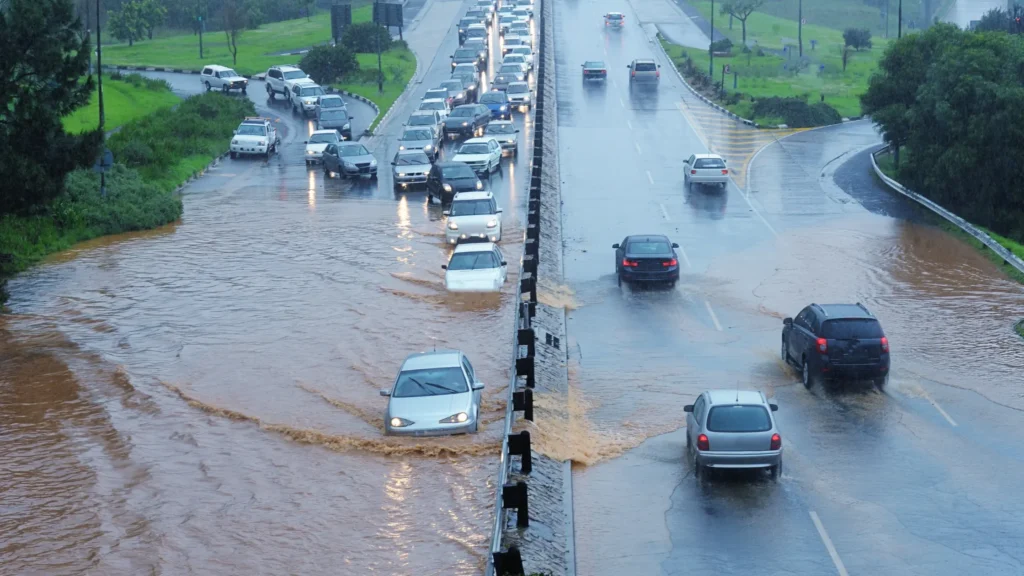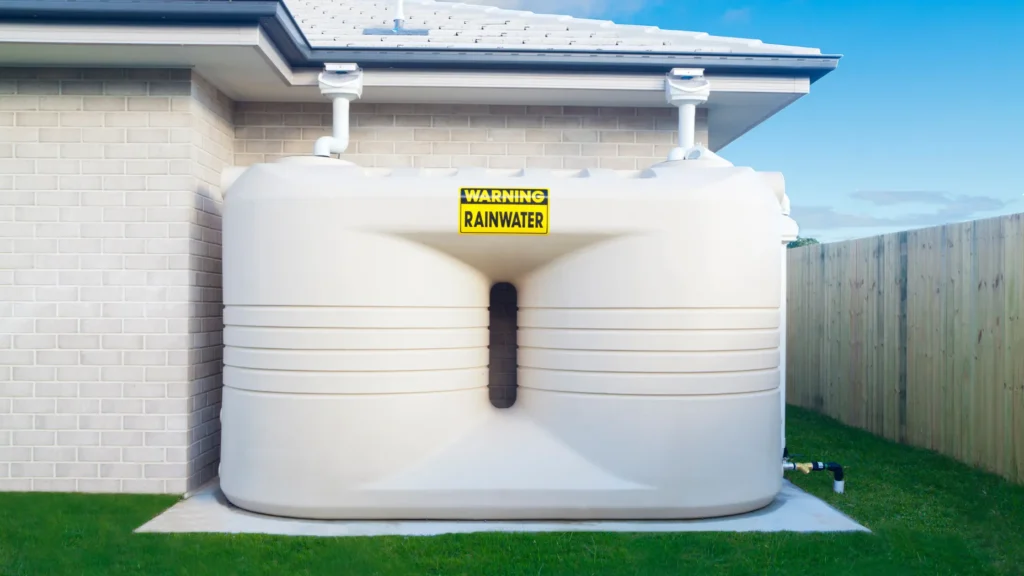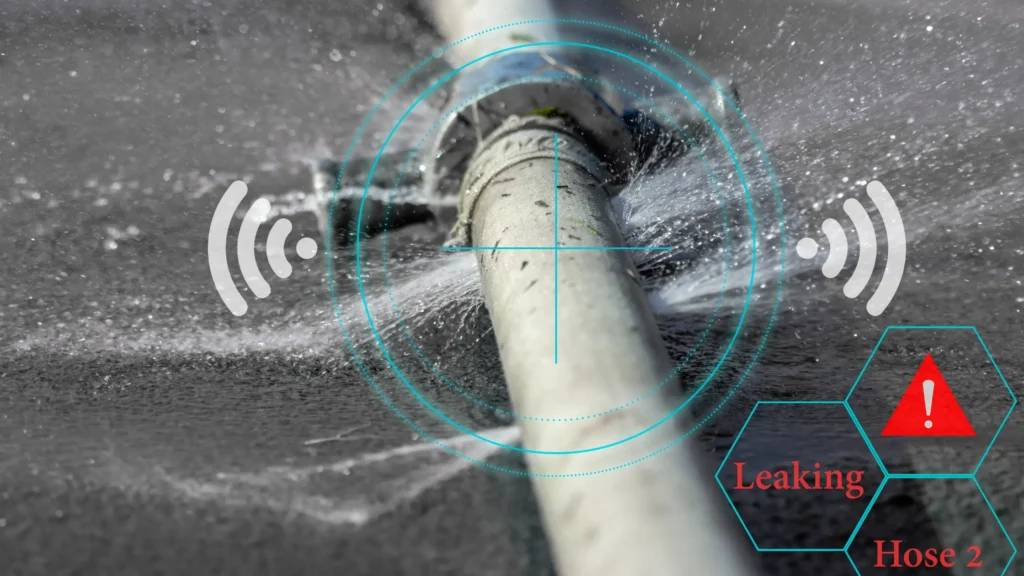Water Security Strategies
Water security strategies are vital in mitigating disasters, such as floods, particularly in urban areas where impermeable surfaces exacerbate runoff and increase flood risk. Incorporating green infrastructure, such as green roofs, rain gardens, and permeable pavements, can significantly reduce the volume of runoff by enabling water to infiltrate the ground, thereby lessening the impact on stormwater systems. Additionally, the construction of retention basins and wetlands serves as natural buffers, absorbing excess rainwater and releasing it slowly into watercourses, greatly reducing the potential for flood events.

Achieving water security is an intricate challenge that requires a multifaceted approach to ensure sustainable access to water for individuals, communities, and entire nations. The adverse effects of climate change, such as shifting precipitation patterns, extreme weather conditions, and rising sea levels, compound the urgency of devising effective water management strategies. To secure water resources against these threats, a combination of local and national strategies must be implemented, along with developing robust water infrastructure.

On a local basis, adopting rainwater harvesting systems is a cornerstone for water security. These systems provide an additional water source during times of scarcity and help to manage stormwater runoff, thus mitigating potential flood risks. Moreover, implementing water-saving technologies and practices, such as high-efficiency appliances and mindful irrigation techniques, can substantially reduce local water demand. This conserves the invaluable resource and extends the life and capacity of existing water supply infrastructure.

Simultaneously, watershed management plays a vital role in enhancing local water security. This involves restoring and conserving natural landscapes, such as forests and wetlands, that support the hydrological cycle. By implementing these practices, communities can improve the quality of their water sources while preserving the natural environment which is critical for the long-term sustainability of water supplies.
At the national level, governments can lead with strategic investments in sustainable water infrastructure. The construction and modernization of dams, levees, and water treatment facilities are fundamental to ensuring a reliable water supply while protecting populations from water-related hazards. The socioeconomic benefits of such infrastructure are vast, including improved public health, support for agriculture and industry, and increased resilience to water shortages.

Urban flood management further benefits from integrating advanced hydrological modeling and early warning systems. These technological tools can predict flood risks with precision, enabling timely response and evacuation procedures. By harnessing real-time data and employing sophisticated computer simulations, decision-makers gain critical insights to optimize urban drainage systems and better plan urban development with flood mitigation in mind.

In the realm of improving water security and management, technology plays an increasingly significant role. Smart water networks, equipped with sensors and IoT (Internet of Things) technologies, monitor water systems in real time for potential leaks, pressure changes, and quality issues. This allows for immediate interventions, reducing water losses, and ensuring that water quality standards are consistently met. Over the long term, data collected from these networks can inform adaptive management practices and infrastructure investments that address the evolving demands on water systems.
Additionally, Integrated Water Resource Management (IWRM) can harmonize the allocation and use of water resources among competing demands. By considering the social, economic, and environmental aspects, IWRM facilitates equitable water distribution, emphasizing sustainability and ecosystem health. As nations grapple with the effects of climate change, IWRM offers a comprehensive framework to manage water resources effectively in an ever-changing climate.

Countries facing limited freshwater access, particularly those in arid regions or with extensive coastlines, turn to desalination plants as a solution. Although historically energy-intensive, advancements in desalination technology have made this process more energy-efficient and cost-effective. The benefit of desalination lies in its ability to provide a consistent and climate-independent water source, bolstering national water security against the backdrop of unpredictable weather patterns.
As the climate crisis intensifies, water security is more intertwined with climate change. Shifts in rainfall, increased prevalence of droughts, and other climatic aberrations directly threaten water availability and quality. Without proactive and adaptive management of water resources, climate change could severely disrupt water systems, with far-reaching impacts on food security, public health, and global stability. Thus, implementing these strategies and developing robust infrastructure is not simply a matter of policy but an imperative for survival in an increasingly unpredictable world.
View more blogs Here
Follow on Instagram and LinkedIn to continue with the conversation




